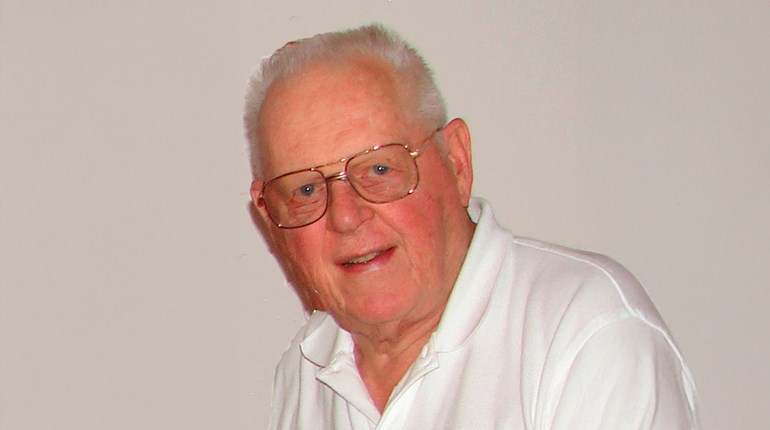
Ask any high power rifle shooter what their best memories are of the 2015 shooting season, and they may share with you a goal met, a match where the weather at the 600 yard line allowed a personal best, or perhaps their first time competing at the National Championships at Camp Perry, OH. Now, a new experience is able to be shared—electronic targets.
The new CMP Marksmanship Park in Talladega, AL, has an all-electronic range that makes target pulling duty in the pit seem nostalgic. Electronic targets are not new, they have been used for years in International Shooting Sports Federation (ISSF) style shooting for smallbore rifle, pistol, and air rifle and pistol in the United States. More prevalent in Europe, these targets provide a spectator aspect to marksmanship and instant feedback to the competitor. High power rifle, here in the U.S., has not used electronic targets on a large scale, based on system reliability, durability and cost. Nonetheless, that has now changed with last year’s initiation of the Talladega range.
Range 1 at the CMP Marksmanship Park is outfitted with 50 firing points, all with electronic targets at the 200, 300, and 600 yard lines, with corresponding monitors on the firing line. Kongsberg Target Systems, out of Norway, produced the target systems and have technicians available to ensure system reliability and quick service. These systems are made to be user friendly and do not require heavy tech support. Geared for the local club level, and used widely in Europe, these systems can be set up and used on any range facility.
The targets work acoustically with four sensors, three timing devices, and two temperature sensors. The white on the target is a sheet of white plastic with a circle cut out in the center for the aiming black that is sized according to the yard line. The black portion is made up of black rubber sheeting that covers the entire target frame. The sheets on the front and back of the target frame form a sound chamber with a long strip of black rubber fitting over the center to form the aiming black, which can last from six to nine months depending on the use.
Luckily, without pit changes the matches go much faster than competitors are accustomed to with compressed stages and less movement on and off the firing line. Also with the range officer calling the commands, it kept the pace moving right along. There is no delay for target service—shoot a shot and it immediately is displayed on the monitor at the firing point.
The first shot will blink at the location, the next shot will blink and the previous shot will be solid on the screen. The competitor sees the group develop and can make sight changes based on the visual. In addition, block officers were on hand to assist with setting up the screen and answer questions. If a shot is crossfired it shows up too, but the block officer quickly acts to correct the issue taking it off the score. Communication between block officers and the “tower” is immediate and issues were addressed quickly. In addition, rapid fire strings are at the precise time, so lag time for the last target to come up and all targets to go down is non-existent. Shots fired after time has expired will not show up in the score. As always, keeping equipment prepped helps to keep stress levels low with the quicker pace to the match. Arriving with your gear prepped allows you some time to socialize with other competitors, and with the disappearance of pit duty, the social part of high power is now at the firing line for ranges with electronic targets.
Overall, electronic targets provide an exciting match environment with immediate feedback for shot placement, quicker matches, and less time spent walking back and forth between the pit and firing line.
Learn more about the CMP's Talladega Marksmanship Park here.


































